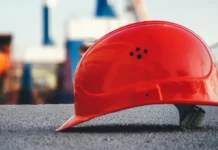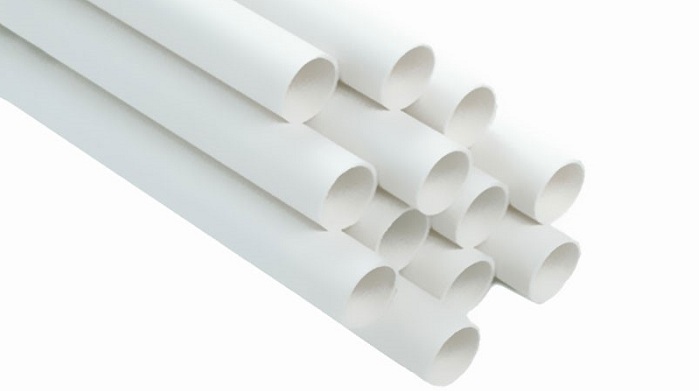Polyvinyl chloride pipes, or PVC, are strong and versatile, making them the go-to piping material for many plumbing and construction needs. Burying PVC, however, requires some additional research prior to installation. Adhere to American Society of Testing and Materials (ASTM) Standards, which provide guidelines on things like trench construction and pipe depth, and meet state and local building codes as well. Following best practices is always important when working with PVC pipe, but special care should be taken when burying PVC. The following best practices will help to avoid damage and extend the lifespan of your underground PVC pipe.
Handling and Storage
PVC pipe is known for its durability, but proper care must still be taken while handling and storing it prior to installation. Avoid storing your PVC pipe in direct sunlight, which could weaken its tensile strength and cause discoloration. High temperatures may also cause damage to PVC pipes. Instead, store pipes in a cool, dry space, where they will not be crushed by the weight of other items on top of them. While transporting PVC to the job site or installation location, be careful not to drag or dump piping either, as this could result in split ends, cracking, or breaking once installed.
Preinstallation
Prior to installing your PVC underground, be sure to inspect it for signs of damage. Cuts, split ends, and gouges could become problematic once buried. If you find damaged pieces in your inspection, cut away those pieces and discard them. You may also want to mark the location of the pipe with stakes and string before digging to ensure proper placement and help determine the length of pipe needed.
Trenching
Best practices for trenching involve digging a trench that is wide enough for installation, allowing for expansion and contraction as temperatures change. However, it’s important to not make the trench wider than is needed. One way to accomplish this goal is to join piping outside the trench prior to installation. Another best practice in digging a trench is to be sure that no large rocks are visible. Either remove the rocks from the trench or cover them with tamped earth, which will reduce the likelihood of pipe damage after burial.
Depth
Determining the correct depth of the trench is extremely important and based on several factors, including the pipe’s application, local weather, and location. All PVC pipes should be buried at least 12 inches below the frost line so they won’t rupture in freezing temperatures. However, where heavy traffic is expected, trenches will need to be at least 24 to 36 inches deep. In some instances where there will be continued heavy traffic, like under roadways, metal or concrete casting may also be necessary. Be sure to follow ASTM Standards, as well as state and local building codes when determining trench depth.
Backfill and Project Completion
Once the PVC piping has been placed in the trench, it’s best practice to wait until the solvent cement has fully cured and the entire line is stable before backfilling. If possible, inspect and test for leaks as well, as it’s much easier to fix these problems before the backfill has been added. The first layer of backfill, approximately 6-8 inches deep, shouldn’t have any gravel or rocks larger than half an inch. Additional layers can include larger particles, up to 3 inches in diameter. Tamp each layer with vibration or water flooding to ensure proper compaction.
Considerations for Underground PVC Installation
PVC is one of the most common piping materials for underground burial. It’s versatile, durable, and easy to install. However, following best practices is particularly important for underground installation, as the ability to detect and repair problems can be challenging once the pipe is buried. Always follow ASTM Standards, in addition to state and local building codes, for the most accurate information on best practices for burying PVC pipe.
Begin by taking proper care in handling and storing your PVC, avoiding heat, stacking, and dragging. Inspect pipes for damage and cut away sections of damaged pipe when necessary. Determine the proper width and depth of your trench before you dig, and consider using metal or concrete casting in high traffic areas. Then backfill once all joints are fully cured. Following best practices for burying PVC will greatly reduce the possibility of leaks and extend the lifespan of the pipes.
Author Bio:
Mark Ligon is the Marketing Manager for Commercial Industrial Supply, a leading distributor of industrial piping, fittings, valves, and commercial accessories. CIS has been in business since 2009 and is dedicated to providing the best piping products. Mark enjoys educating business leaders on the parts of piping systems so managers can make more informed decisions.






























